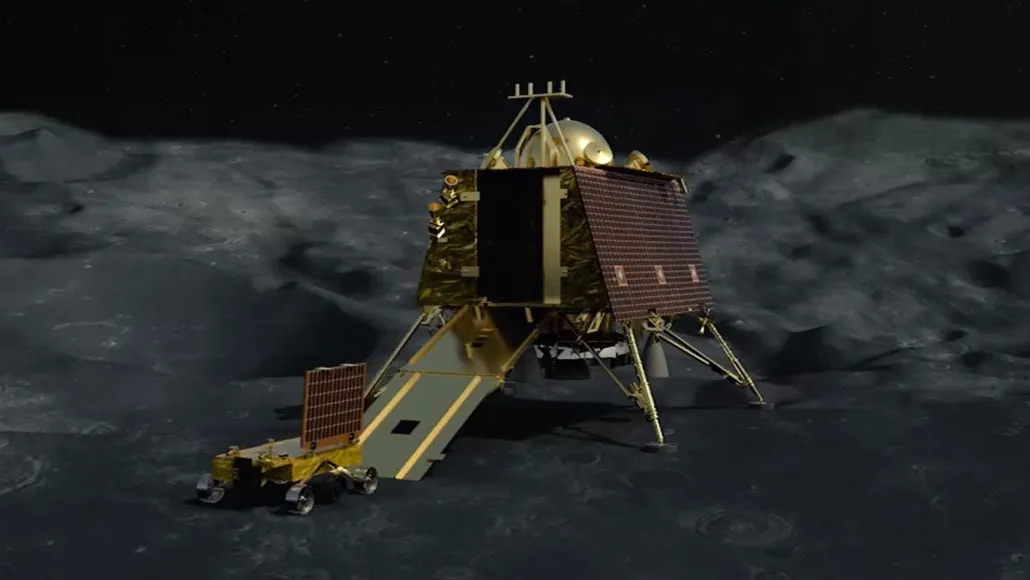
If all had gone as planned, India’s Pragyan rover would have rolled out of the Vikram lander to spend 14 Earth days exploring the moon, as seen in this artist’s illustration.
ISRO

If all had gone as planned, India’s Pragyan rover would have rolled out of the Vikram lander to spend 14 Earth days exploring the moon, as seen in this artist’s illustration.
ISRO